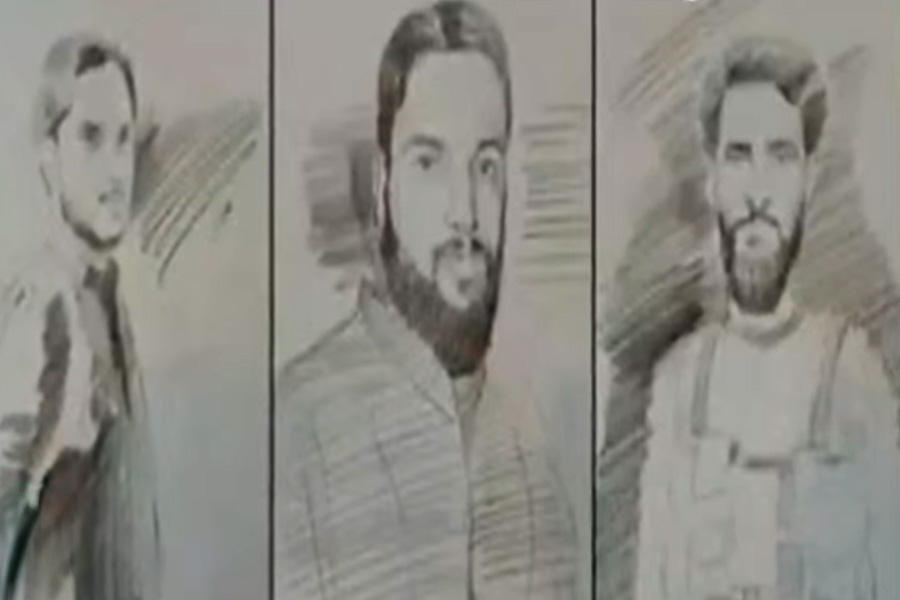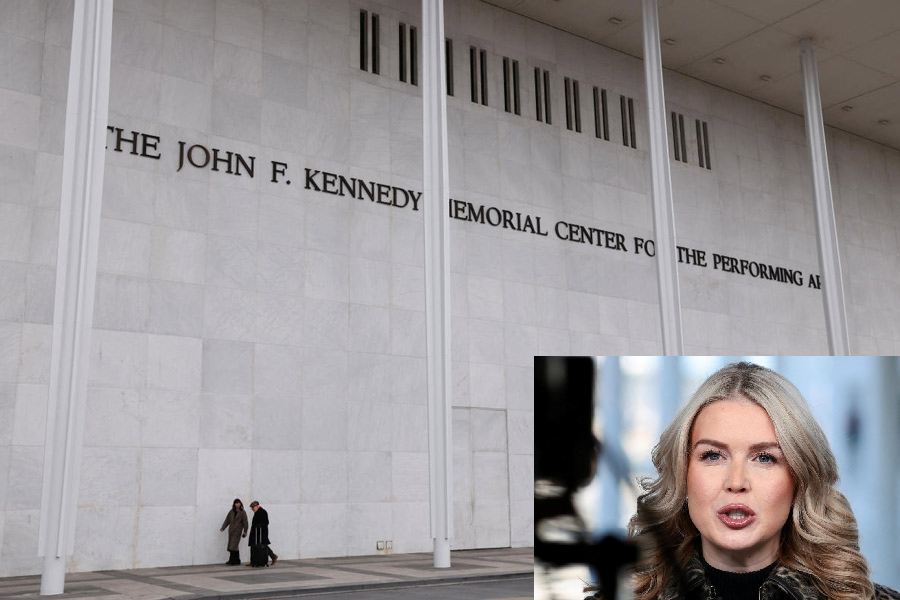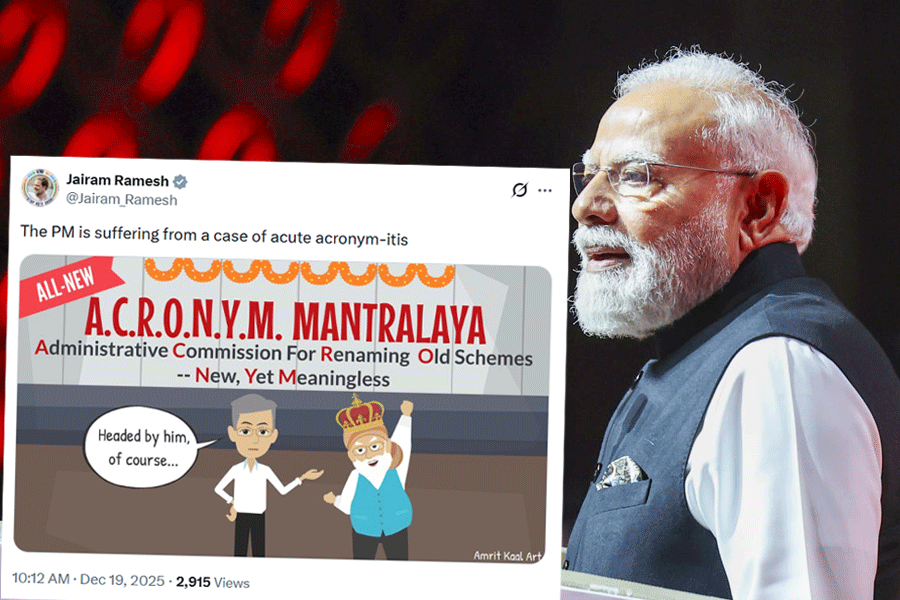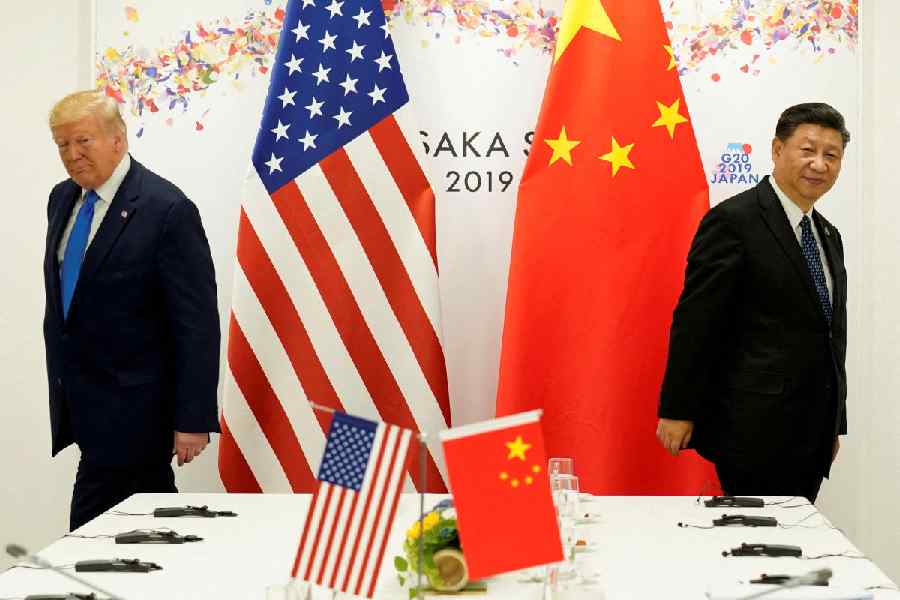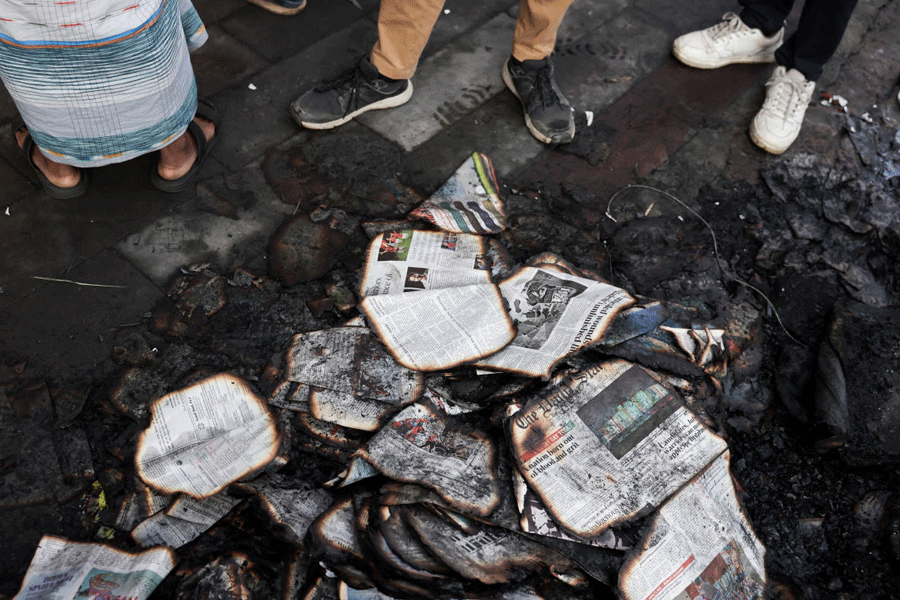Security agencies Wednesday released the sketches of three men suspected to be involved in the terror attack that killed 26 people, mostly tourists, near Pahalgam in south Kashmir.
The men, all three Pakistanis, are Asif Fauji, Suleman Shah and Abu Talha, officials said. They had code names -- Moosa, Yunus and Asif -- and were involved in terror attacks in Poonch.
The agencies have prepared a sketch with the help of survivors.
From the pencil sketches, in black and white, they appear to be young and have beards.
The Resistance Front (TRF), a shadow outfit of the banned Pakistan-based Lashkar-e-Taiba terror group, claimed responsibility for the attack on Tuesday afternoon.
TRF is believed to operate as a front for Hafiz Saeed, the founder of Muridke-based Lashkar-e-Toiba and the alleged mastermind behind the 26/11 attacks, with suspected backing from Pakistan's intelligence agency, the Inter-Services Intelligence.
TRF cited opposition to “demographic changes” in Jammu and Kashmir as justification for the violence.
"More than 85,000 domiciles have been issued to non-locals, creating a pathway for demographic change in Indian-occupied Jammu & Kashmir (IIOJK). These non-locals arrive posing as tourists, obtain domiciles, and then begin to act as if they own the land. Consequently, violence will be directed toward those attempting to settle illegally," TRF said in a statement.
Formed in 2019, TRF emerged following the revocation of Article 370, initially functioning through online platforms before developing a physical presence. Its leadership included Sajid Jatt, Sajjad Gul and Salim Rehmani, all of whom were associated with LeT, according to the South Asia Terrorism Portal.
TRF declared its existence through encrypted messaging app, Telegram, by claiming responsibility for a grenade attack on 12 October 2019, at Srinagar’s Lal Chowk. The attack injured eight civilians.
In 2020, Army chief, General M.M. Naravane said that he preferred to call TRF as the ‘Terror Revival Front’.
The ministry of home affairs declared TRF a terrorist organisation under the Unlawful Activities (Prevention) Act (UAPA) in January 2023. This designation came amid growing concerns over the group’s involvement in terror recruitment, cross-border arms and drug smuggling, and spreading propaganda aimed at inciting unrest.
According to an analysis by Observer Research Foundation, TRF’s, which claims to be homegrown, attacks minorities, non-locals, police and security personnel, and domiciled individuals who migrate to Kashmir.
In December 2020, TRF claimed the killing of a jeweler named Satpal Nichal and justified the murder on Facebook for ‘aiding the colonial project in Kashmir and for being an agent of RSS’. TRF claimed the attack on Makhan Lal Bindroo and justified his killing for ‘posing as a medical professional’ and for ‘organising RSS meets clandestinely’.
But authorities view the TRF as an extension of Lashkar-e-Taiba. A senior official explained that the name change was likely an attempt by Pakistan to distance militant activity in Kashmir from overt religious affiliations, instead projecting it as an indigenous “resistance” movement, per a report in the Indian Express.
TRF has claimed responsibility for numerous attacks, often taking credit for incidents previously attributed to more outfits such as Jaish-e-Mohammad and Hizbul Mujahideen. Investigations have uncovered weapon stockpiles near the line of control and revealed that the group actively recruits young people to join its ranks.
In 2022, TRF-linked militants accounted for the highest number of casualties among insurgents in the valley, according to police records, highlighting the group’s increasing footprint in the region's militant landscape.

